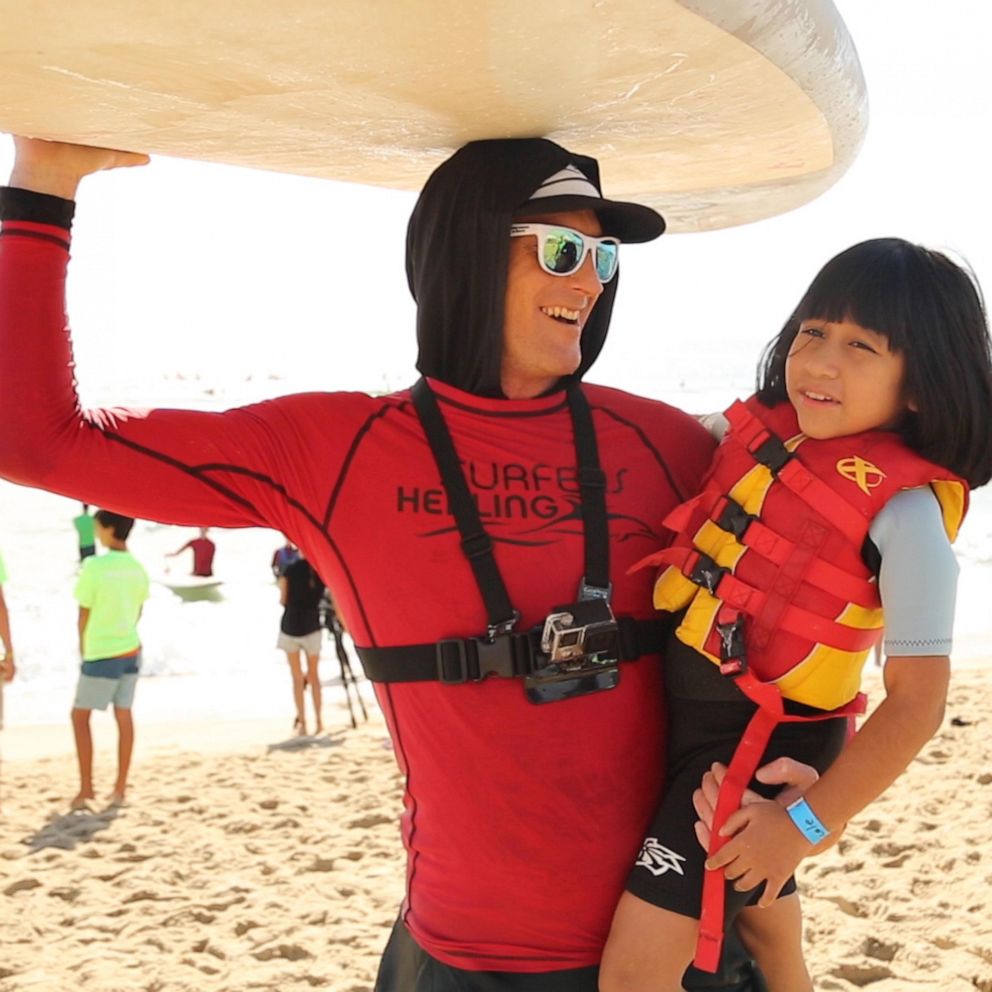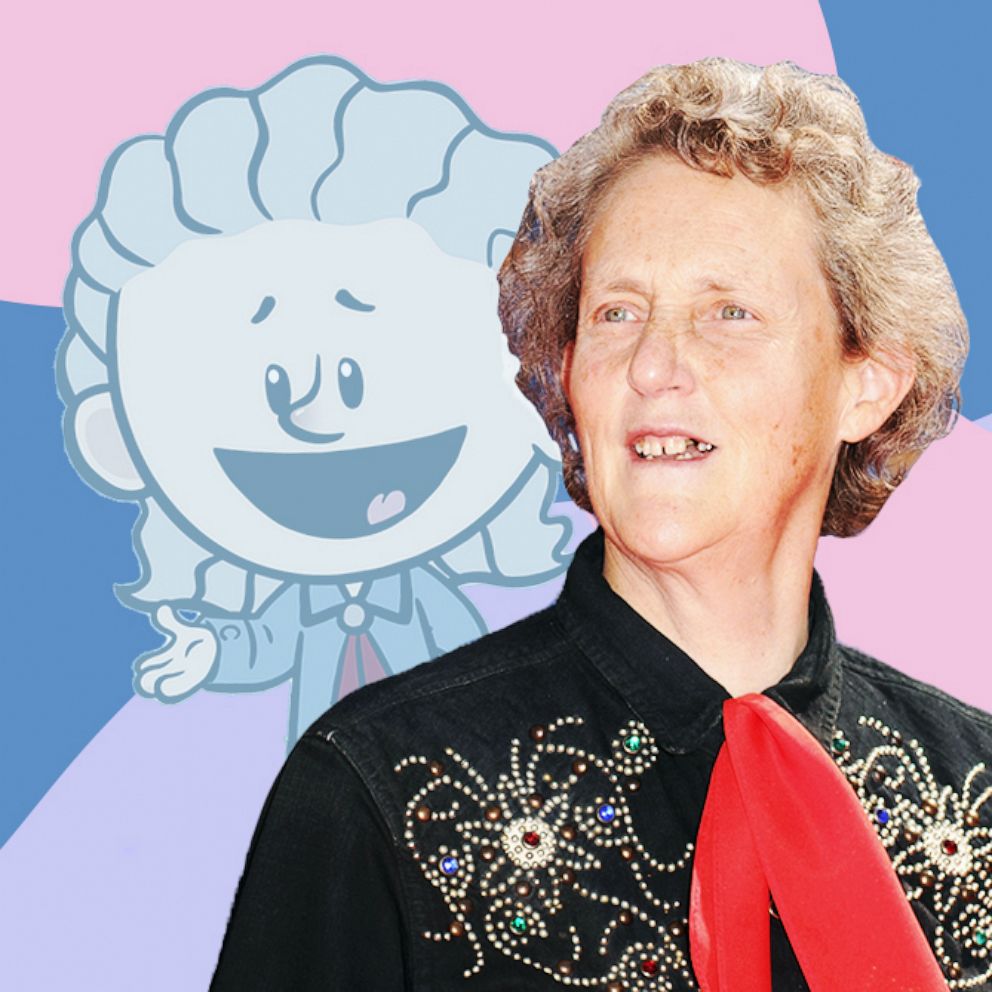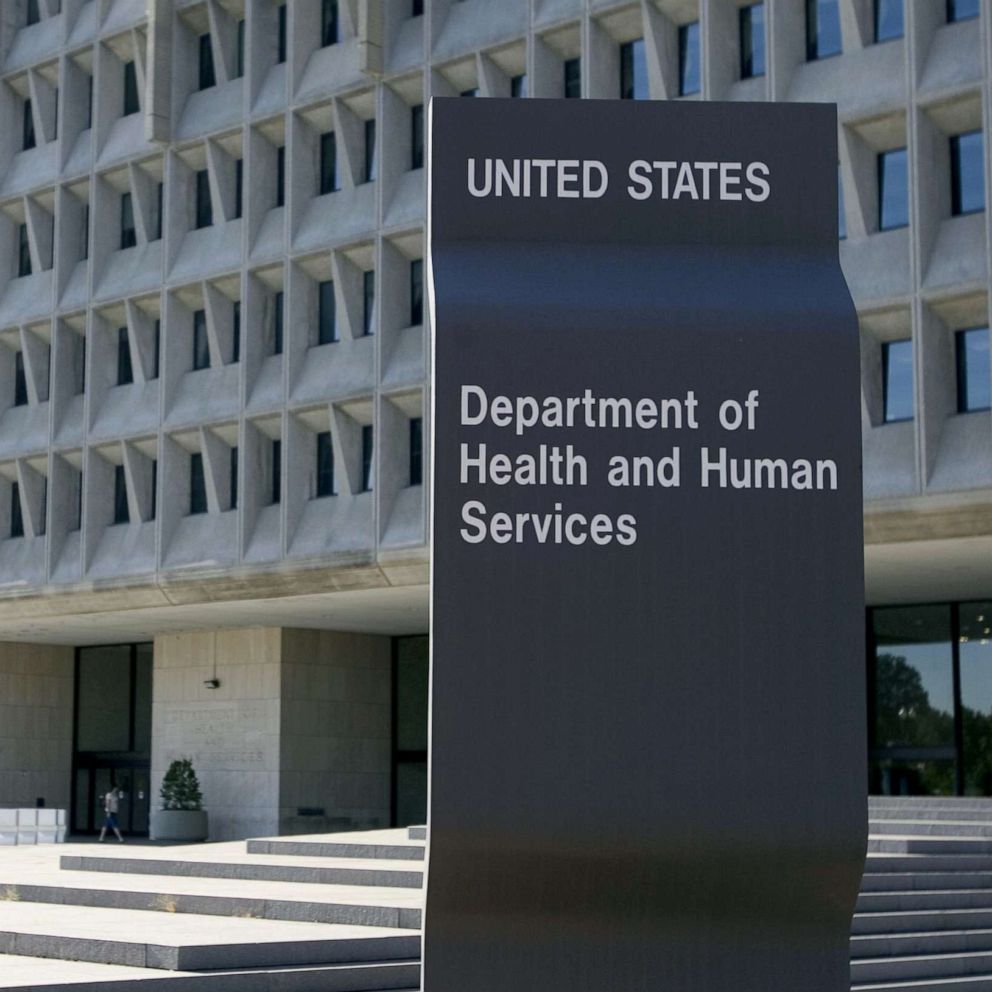Study finds autism rates have tripled among young kids: What to know
Autism is on the rise among young children, according to a new study.
The study, published Thursday in the journal Pediatrics, found that autism rates tripled over the last 16 years.
Researchers at Rutgers University looked at more than 4,000 8-year-olds in the New York and New Jersey areas.
They said the sharp rise in autism rates is largely due to greater awareness, better diagnosis tools and a broader definition of autism. Researchers also noted the greatest increases in diagnoses were amongst affluent children, concluding that children in underserved communities are not getting the same access to medical resources.
Autism, also known as autism spectrum disorder, is defined by the Centers for Disease Control and Prevention as a "developmental disability that can cause significant social, communication and behavioral challenges."
On the national scale, around one in 44 children has been diagnosed with autism spectrum disorder, according to the CDC.
The disorder begins before a child turns 3 and can last through their lifetime, though symptoms may improve and vary, the CDC notes.
"You want to talk to your child’s pediatrician about this because early intervention makes a big difference," said Dr. Jennifer Ashton, ABC News chief medical correspondent, adding, "Remember, those children [with autism spectrum disorder] grow up to be teens and adults, so the more we can help them the better their outcomes can be."
What to know about autism
People with autism have a wide variety of traits affecting communication, behavior and socialization, according to the CDC.
The “spectrum” means that there’s a wide range of symptoms and severity.
A child of any race, socioeconomic status or ethnic group can get ASD. Boys, however, are four times more likely to be diagnosed with autism than girls based on a study of children aged 8 years old. Kids that have a sibling with autism, and especially a twin, are more likely to have autism. Those with developmental disabilities or genetic and chromosomal diseases such as Down syndrome are also more likely to have ASD. There is also evidence that kids born to older parents have an increased risk of autism, according to several studies.
Autism can be identified as early as infancy, although most children are diagnosed after the age of 2. There is no medical test to diagnose autism, so doctors watch a child's behavior and development to make a diagnosis, according to the CDC.
The American Academy of Pediatrics recommends all children be formally screened for autism spectrum disorder at their 18- and 24-month-old well-child visits. The AAP says pediatricians though will begin monitoring babies at their first well-child visit by observing their behaviors.
“It is those observations―in combination with family history, health examinations, and parents' perspectives―that help pediatric primary health care providers identify children at risk for ASD,” the AAP says on its website.
The CDC notes that in some cases people are not diagnosed with autism until they are teens or adults.
Experts say though that early detection of ASD is key, as is early intervention.
Early signs of autism in children may include, but are not limited to, little or no smiling and limited eye contact by 6 months; little to no babbling, pointing or response to their name by 12 months; and few or no meaningful two-word phrases by 24 months, according to the CDC.
Additional signs of autism may include delayed social interactions, exhibiting repetitive behaviors or showing a limited interest in activities and sensory issues like sensitivity to noise or sound.
“Someone might have the communication delay but may not have the motor skill delay,” said Dr. Jen Clark, a New York-based clinical psychologist and specialist in autism, told ABC News last year. “They may experience sounds and lights in a very different way than you and I would and sometimes they can experience a sensory overload and they may wear headphones and this will help to make the noise not as severe, but also they may avoid certain situations where it's just too overwhelming.”
Treatment comes in many different forms, from mental health therapy to occupational, physical and speech therapies. Sometimes medications can be helpful for things related to ASD, like mood problems or inability to focus.
ABC News' Yi-Jin Yu and Dr. David Oczos, DO, a member of the ABC News Medical Unit, contributed to this report.







